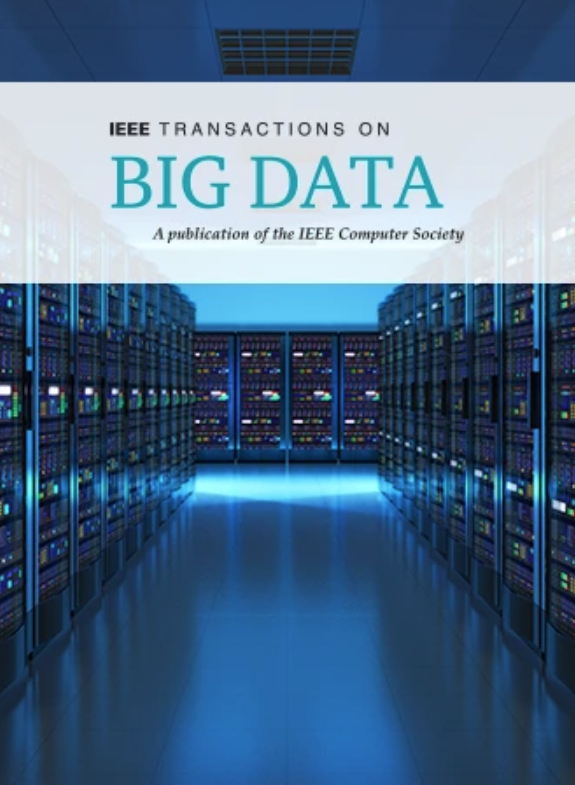面向推荐的多目标图对比学习
IF 5.7
3区 计算机科学
Q1 COMPUTER SCIENCE, INFORMATION SYSTEMS
引用次数: 0
摘要
近年来,许多研究将自监督对比学习与图卷积网络(GCNs)相结合,以解决数据稀疏性和流行度偏差问题,从而提高推荐性能。虽然这些研究在准确性度量方面取得了突破,但往往忽略了非准确性目标,如多样性、新颖性和长尾项目的百分比,这大大降低了实际应用中的用户体验。为此,我们提出了一种新的图协同过滤模型,称为多目标图对比学习推荐(MOGCL),旨在通过考虑多个目标提供更全面的推荐。具体来说,MOGCL包括三个模块:多目标嵌入生成模块、嵌入融合模块和迁移学习模块。在多目标嵌入生成模块中,我们采用了两个目标方向不同的GCN编码器,分别针对精确目标和非精确目标生成节点嵌入。然后在嵌入融合模块中有效地将这些嵌入与互补权值融合。在迁移学习模块中,我们提出了一个辅助的自监督任务来促进两组嵌入的互信息最大化,从而使得到的最终嵌入更加稳定和全面。在三个真实数据集上的实验结果表明,与最先进的技术相比,MOGCL实现了多目标之间的最佳权衡。本文章由计算机程序翻译,如有差异,请以英文原文为准。
Multi-Objective Graph Contrastive Learning for Recommendation
Recently, numerous studies have integrated self-supervised contrastive learning with Graph Convolutional Networks (GCNs) to address the data sparsity and popularity bias to enhance recommendation performance. While such studies have made breakthroughs in accuracy metric, they often neglect non-accuracy objectives such as diversity, novelty and percentage of long-tail items, which greatly reduces the user experience in real-world applications. To this end, we propose a novel graph collaborative filtering model named Multi-Objective Graph Contrastive Learning for recommendation (MOGCL), designed to provide more comprehensive recommendations by considering multiple objectives. Specifically, MOGCL comprises three modules: a multi-objective embedding generation module, an embedding fusion module and a transfer learning module. In the multi-objective embedding generation module, we employ two GCN encoders with different goal orientations to generate node embeddings targeting accuracy and non-accuracy objectives, respectively. These embeddings are then effectively fused with complementary weights in the embedding fusion module. In the transfer learning module, we suggest an auxiliary self-supervised task to promote the maximization of the mutual information of the two sets of embeddings, so that the obtained final embeddings are more stable and comprehensive. The experimental results on three real-world datasets show that MOGCL achieves optimal trade-offs between multiple objectives comparing to the state-of-the-arts.
求助全文
通过发布文献求助,成功后即可免费获取论文全文。
去求助
来源期刊

IEEE Transactions on Big Data
Multiple-
CiteScore
11.80
自引率
2.80%
发文量
114
期刊介绍:
The IEEE Transactions on Big Data publishes peer-reviewed articles focusing on big data. These articles present innovative research ideas and application results across disciplines, including novel theories, algorithms, and applications. Research areas cover a wide range, such as big data analytics, visualization, curation, management, semantics, infrastructure, standards, performance analysis, intelligence extraction, scientific discovery, security, privacy, and legal issues specific to big data. The journal also prioritizes applications of big data in fields generating massive datasets.
 求助内容:
求助内容: 应助结果提醒方式:
应助结果提醒方式:


